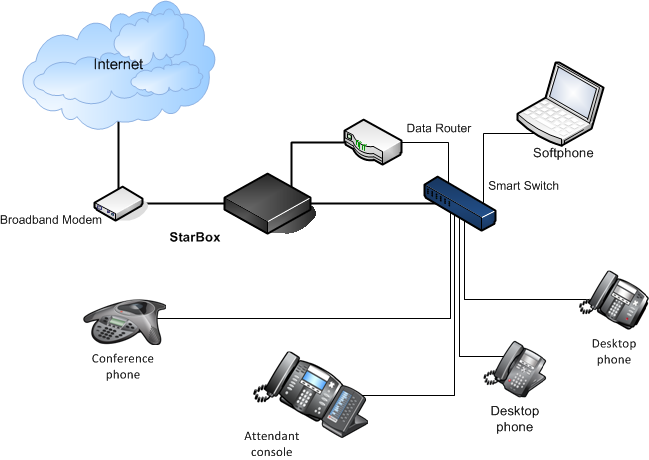Cat6a is a much more established standard than Cat7. It is easier to install and has less connectivity issues. We are not going to recommend or bid on a Cat7 solution. Cat6a can run at speeds of up to 10-Gigabit so if that is acceptable for the next 10 years, than we
recommend Cat 6a or go to fiber.
We were asked to bid on a cabling project that was fairly straight-forward. It involved replacing the existing Cat5e cable with either Cat6a, Cat7 or fiber cable. The site was an open, standard modern office with a drop ceiling and hollow office walls. The client needed 64 single drops to existing faceplates, three new 24-port patch panels and patch cables.
The need for higher speeds by the client was created by a demand for faster access to larger files from the Server. This potential client was involved with heavy drafting and multimedia applications that require more bandwidth through the cabling system. Cat5e yields up to 1000Base-T, 1-Gigabit, data transfer speed.
The challenge is in deciding on which type of cable to use. Cat6a and fiber are very standard solutions. But Cat7 is not at all a standard installation yet (and might not ever be one). The problems with Cat7 are that the cable is very heavy,

 networking has evolved a great deal. It is now mandatory for companies to invest in structured cabling systems that can support a complex operation. That is why many corporations have shifted to fiber optic communications from the traditional copper cabling systems. However, it is important to plan the infrastructure carefully and anticipate some problems that may come along the way.
networking has evolved a great deal. It is now mandatory for companies to invest in structured cabling systems that can support a complex operation. That is why many corporations have shifted to fiber optic communications from the traditional copper cabling systems. However, it is important to plan the infrastructure carefully and anticipate some problems that may come along the way.


 Cloud
Cloud 





 What is the difference between
What is the difference between 